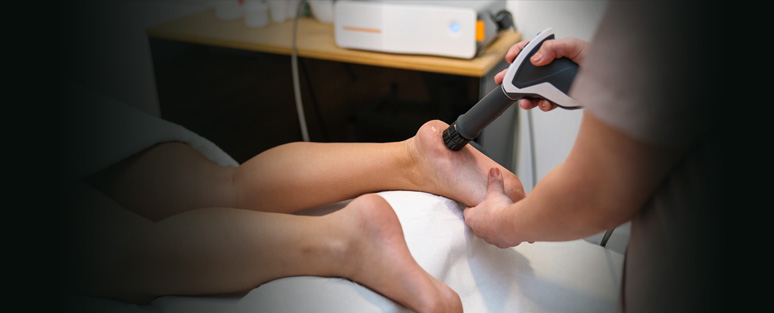Ankle Replacement and Valgus Deformity: A case of intra-articular correction
As noted in my prior blog, ankle arthritis will develop if there has been trauma to the ankle, such as with recurrent ankle sprains or with certain types of fractures, and in those who have systematic or inflammatory arthritis. In those who have ligament damage as the primary reason for the development of arthritis, it is very common to develop significant varus or valgus deformity.
As much as I am always much more worried about patients with a varus alignment and the significant functional problems that they face, when it comes to ankle replacement, a valgus ankle is a much more challenging problem than a varus ankle. Valgus hindfoot alignment can be at the level of the leg, the ankle, the subtalar joint, or a combination. There is so much to consider in the hindfoot….and then there are the forefoot compensatory changes, the extent of which is influenced by the amount of hindfoot valgus present. Additionally, another indicator of severity is subfibular impingement, which is a significant source of pain in patients with valgus ankle arthritis, and it is usually this that drives patients who have been otherwise living with the deformity.
In this installment, I will discuss just the ankle joint considerations. Is the extent of the deformity explained by changes within the plafond alone? Is there concomitant deltoid insufficiency? If so, is the deltoid partially torn vs. completely torn? Would a reconstruction of the foot be necessary? If so, can it all be accomplished in one surgery? SHOULD IT be attempted in one surgery? There is so much to consider.
In full disclosure, I used the Wright Medical Prophecy system which uses a pre-operative CT scan of the knee and ankle, as it is helpful for assessing not only the anatomic and mechanical axes, but extent of correction and any impediments. But I have not always used this system; and whatever system is being used, as with any joint replacement, alignment matters. In this case, there was significant valgus, but with erosion of the plafond in such a way that the deformity was mostly intra-articular. The deltoid was only minimally stretched. During surgery, complete correction of the hindfoot was achieved with the replacement and no further hindfoot bone work was needed. There was medial stability, but as with all severe valgus ankles, assessment of the lateral ankle ligaments is necessary at the end of surgery, not just medial ligaments, because more often than not, they are insufficient. Some residual forefoot supination was addressed in this case.
The result, and goal, is a plantigrade foot, elimination of ankle pain, subfibular pain and deformity, allowing for increased function. Physical therapy is an important component, as all patients with end-staged arthritis will compensate by externally rotating the limb in order to avoid a heel-to-toe as they transition in gait. Residual hip dysfunction, calf weakness, altered gait and mechanics need to be addressed in physical therapy, in order to maximize patient outcome.














